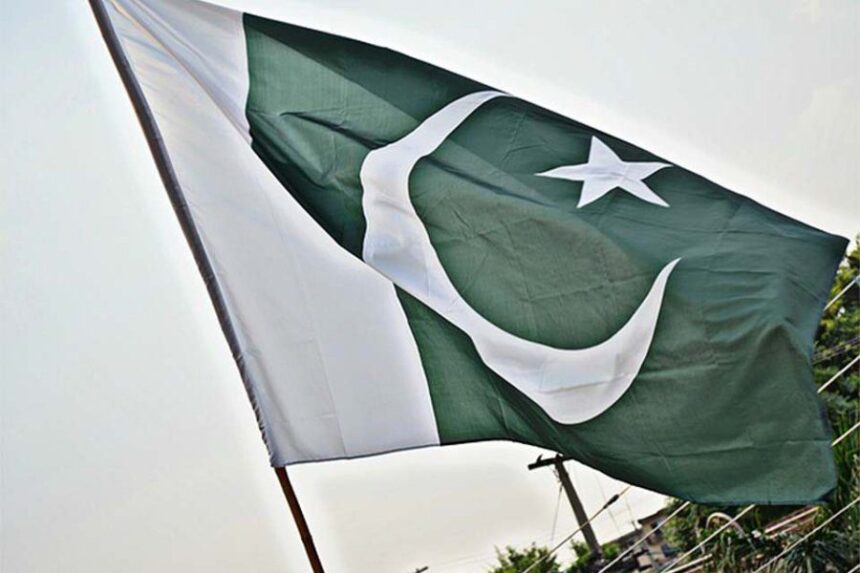December 10, 2024
ISLAMABAD – What are the sources of political instability in Pakistan? The answer depends on who asks and their politics. But one thing everyone agrees on is that mainstream politics in Pakistan are unstable and have been for the better part of seven and a half years.
What does political instability mean? Government tenure is not guaranteed. Speculation about the transfer of power. There is uncertainty about whether nominal government officials actually have a say in governance issues. It is uncertain whether those indicted today on more than 100 charges will still be punished tomorrow.
On top of these concerns, there is uncertainty about public order, social peace, and even basic things like phone calls and the Internet. The city center was temporarily closed to prevent some protests. These may be accompanied by arbitrary cell phone shutdowns, internet blockades and indiscriminate state violence. All factors that contribute to political instability.
Mainstream analysis is the type one usually finds via weekend TV talk shows or glitchy YouTube algorithms, focusing on powerful individuals and their psychological pathologies as causes of instability. Ego struggles, personality types, past slights and memories, survival calculations, and occasionally their thoughts. In this universe, political turmoil in Pakistan is caused by interpersonal relationships among a select elite (almost always).
This analysis is fundamental to the functionality of talk show and video monologue formats and their eyeball accumulation. Its most powerful currency is “andal kihabbar”, i.e. whispered, often speculatively revealing the “thoughts” of one big shot or another.
Pop psychology may make for watchable content, but it makes for bad analysis. Pakistan is not a region with unique flaws and a persistent overabundance of personality disorders. Rather, the roots of our instability lie in fairly consistent institutional and economic problems.
Let’s look at the institutional part first. The simplest way to describe it is that there is a huge gap between the way politics is supposed to happen based on the words on various documents (statutes, laws, constitutions) and how power is actually exercised.
The constitution provides that the country will be led by a group of duly elected civilian representatives. The reality is that the electoral process is compromised by coercion. The Constitution stipulates that Parliament has the highest power. The reality is that legislation occurs under the orders of mid-level military officers. Various laws set forth standards for prosecution and thresholds for conduct that constitute criminal offences. The reality is that new accusations can exist out of thin air and old accusations can disappear out of thin air.
Mainstream politics in Pakistan has always been a struggle between those who have a stake in following the words on these slips of paper and those who have a stake in tearing them up. This remains a major institutional source of instability. Seventy years of independence has shown that while the names and faces of those who benefited from observing the Constitution may change (sometimes quickly), the identities of those who benefited primarily from its neglect or violation are strikingly consistent.
But there’s another factor worth considering – the economic dimension. Most of the struggles described here also take place within an economic context characterized by stagnation and inequality. There are not enough resources to distribute, and the number of people claiming a piece of the pie keeps growing.
This significantly increases the risk of political competition, leading to more frequent cycles of instability. Once debt repayments are distributed, various power brokers compete for whatever is left: defense appropriations, provincial transfers, and federal development spending. Each aims to satisfy its own constituency, whether military officers, bureaucrats and public sector employees, or the narrow vote bank of their respective provinces.
During periods of foreign capital inflows or easier global conditions, these resource allocation battles become less visible, thereby reducing political instability. This pattern continued into the mid-1960s, throughout the 1980s, and at various times into the 2000s. But foreign support and favorable global conditions have evaporated in recent years. The result is destabilizing political conflict over competition for domestic resources, from millions of acres of farmland to the creation and bloat of opaque government agencies to unnecessary and whimsical development spending.
Which of these resources goes to the urban and rural poor is rarely thought through. Their exclusion was not necessarily a problem for the elite because, to the extent that they were demobilized and restricted, they posed little threat to their rule.
On the other hand, the costs of economically excluding a rapidly expanding population—the urban middle class—are becoming increasingly apparent. An economy almost perfectly designed to limit opportunity and transfer wealth to state patrons cannot meet the needs of a growing number of people who are neither employed by the state nor dependent on it in any other meaningful way.
This group of people found representation in civil politics through the PTI and found the technical tools to cause enough agitation. Currently, security agencies find themselves on the wrong side of the aisle, without the tools or ideas to meet their demands. Its old playbook featured “innovative” ideas such as subsidized land and other government freebies that just didn’t work. Naked coercion may bring temporary order, but it has proven insufficient as a more permanent solution.
Ultimately, both institutional and economic dimensions need to be addressed. The latter requires far-reaching reforms that reallocate resources and opportunities to those who have been excluded. The former requires greater consistency between what is written and how the power is actually exercised. If both fail, the next decade could be as unstable as the past one.












